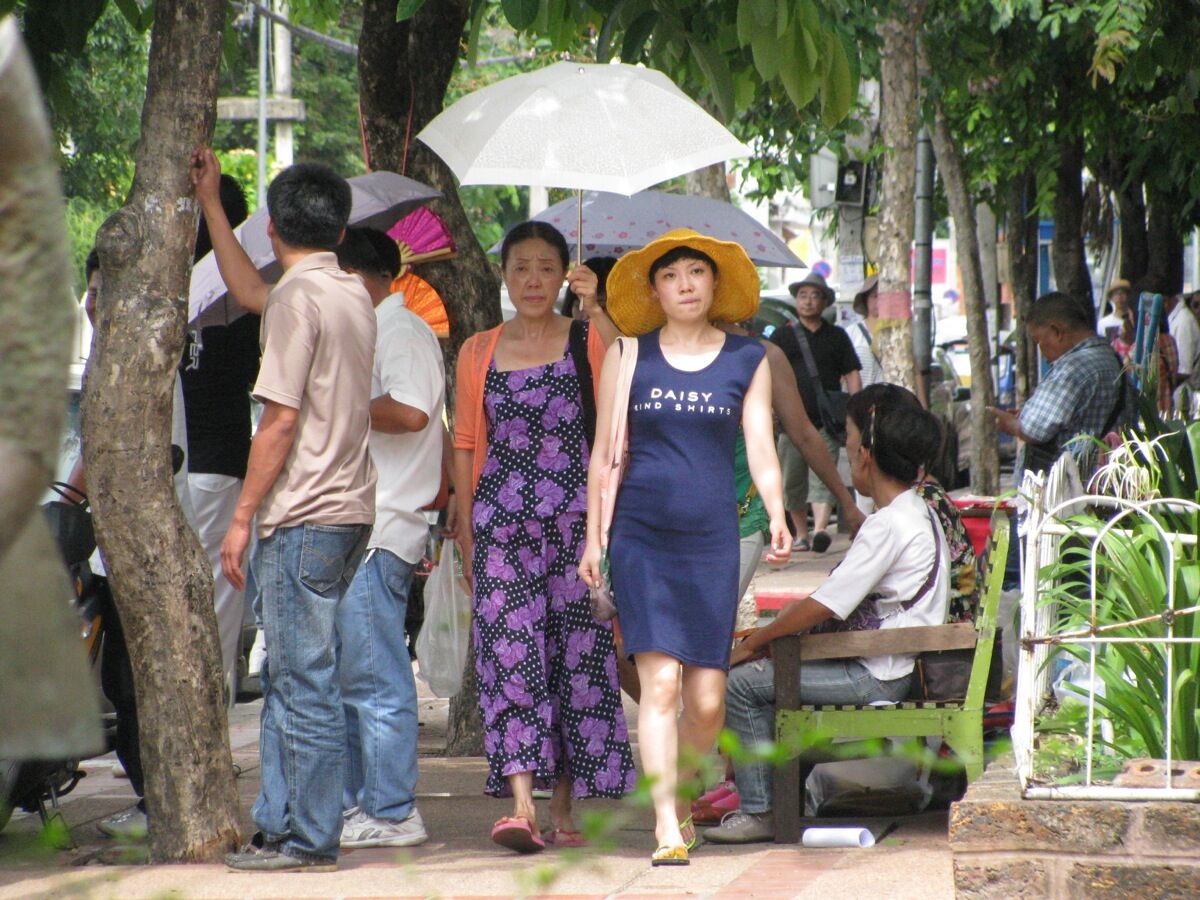Chiang Mai tourism recovery slower than expected despite visa-free policy

Despite the gradual revival of tourism, a significant number of rooms in Chiang Mai‘s hotels and the international airport remain unoccupied, with the return of travellers seemingly slower than anticipated post-pandemic. Adding to the concerns is the anticipated PM2.5 dust during the peak season.
Over the weekend, Prime Minister Srettha Thavisin undertook an inspection of the airport in light of the recent lifting of visa requirements for Chinese tourists, a policy in effect from September 25 to February 29, 2024. This move is hoped to boost the number of visitors to the region.
In anticipation of the expected influx, Chiang Mai International Airport plans to operate round-the-clock starting in November. This adjustment is specifically aimed at accommodating international flights that require late-night departures and early-morning arrivals, particularly from China, South Korea, and Japan, according to Vijit Keawsaitiam, the general manager of Chiang Mai Airport.
As per a report by Airports of Thailand (AoT), the primary constraint leading to congestion at the airport is the passenger terminal, not the flight slots, which can accommodate 25 flights per hour. Currently, the airport is operating at half the capacity recorded in 2019, suggesting considerable room for growth.
Suladda Sarutilavan, the director of the Chiang Mai office of the Tourism Authority of Thailand (TAT), noted that while domestic tourism has almost fully rebounded in Chiang Mai, international tourism is not keeping pace. Prior to the pandemic, there were roughly 26 international flights per week. Now, this number has decreased to less than 50% of that figure, at around 10 flights per week.
Despite the airport being designed to handle eight million passengers annually, it experienced an overflow in 2019 with over 11 million passengers. In response, AoT is working on a plan to increase this capacity to 16.5 million.
After the introduction of the visa-free policy for Chinese travellers, Chiang Mai’s hotels saw a surge in advanced bookings, with 90% occupancy expected for China’s National Day holiday in October. However, the target demographic from China has shifted from mass tour groups to individual travellers, often with a high-spending capacity looking for premium hotel services.
In 2019, Chiang Mai welcomed 11.1 million visitors, of which 1.2 million were Chinese. However, the number of Chinese visitors is expected to be significantly lower this year, with estimates suggesting around 250,000 travellers, less than 25% compared to normal levels.
Suladda predicts that tourism revenue in Chiang Mai should reach between 80-90 billion baht in 2023, which is approximately 80% of 2019’s revenue. This estimate is based on 2.4 million foreign arrivals and 7 million local tourists.
Currently, hotel rooms in Chiang Mai are 80% operational, with an average occupancy rate of 75% for the first three quarters of the year. With more tourists expected during the final quarter due to the visa policy, occupancy is predicted to increase to 80%.
TAT aims to collaborate with more international airlines to increase flights to the province, as it played a critical role in stimulating the market in the first half of the year. The primary markets were China, South Korea, Taiwan, Hong Kong, and Malaysia, reported Bangkok Post.
Follow more of The Thaiger’s latest stories on our new Facebook page HERE.
Latest Thailand News
Follow The Thaiger on Google News:


























